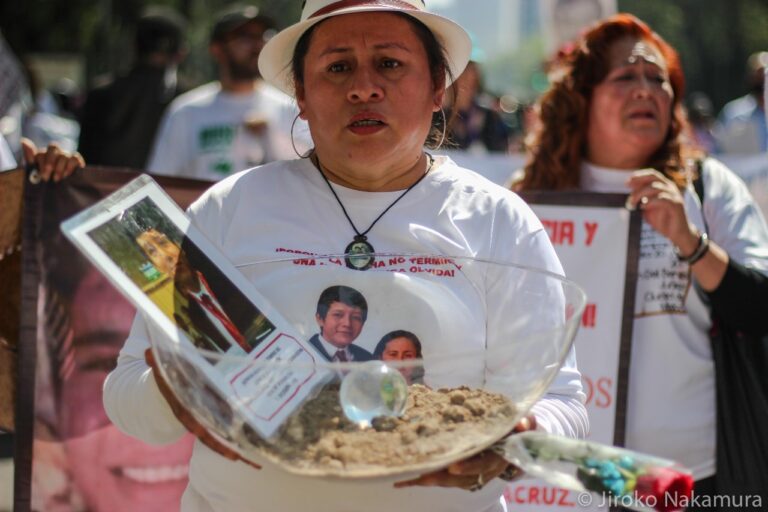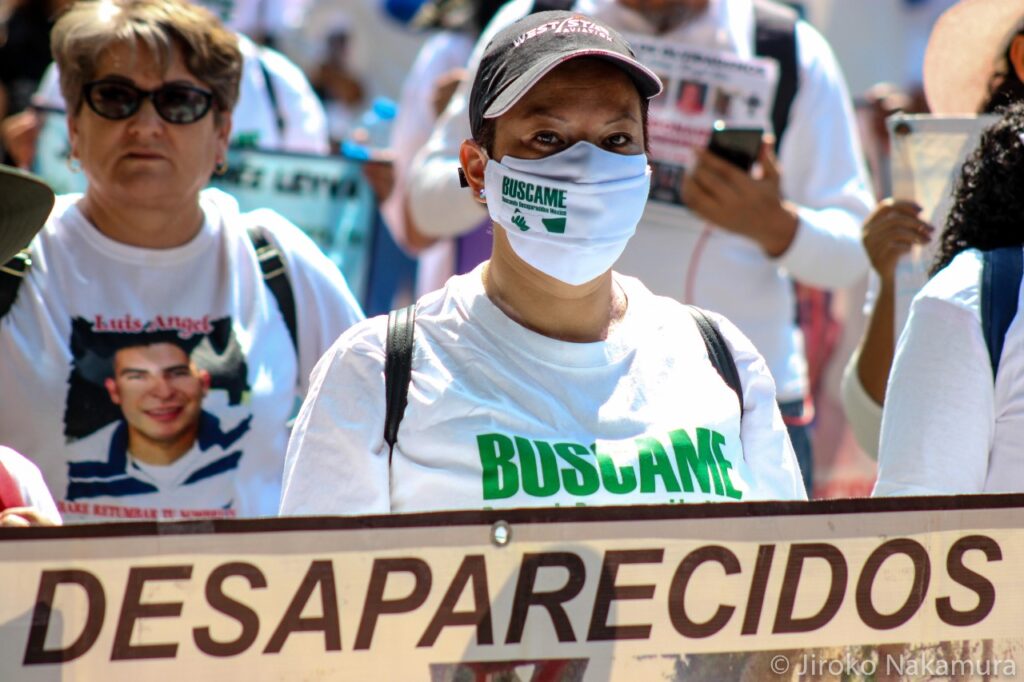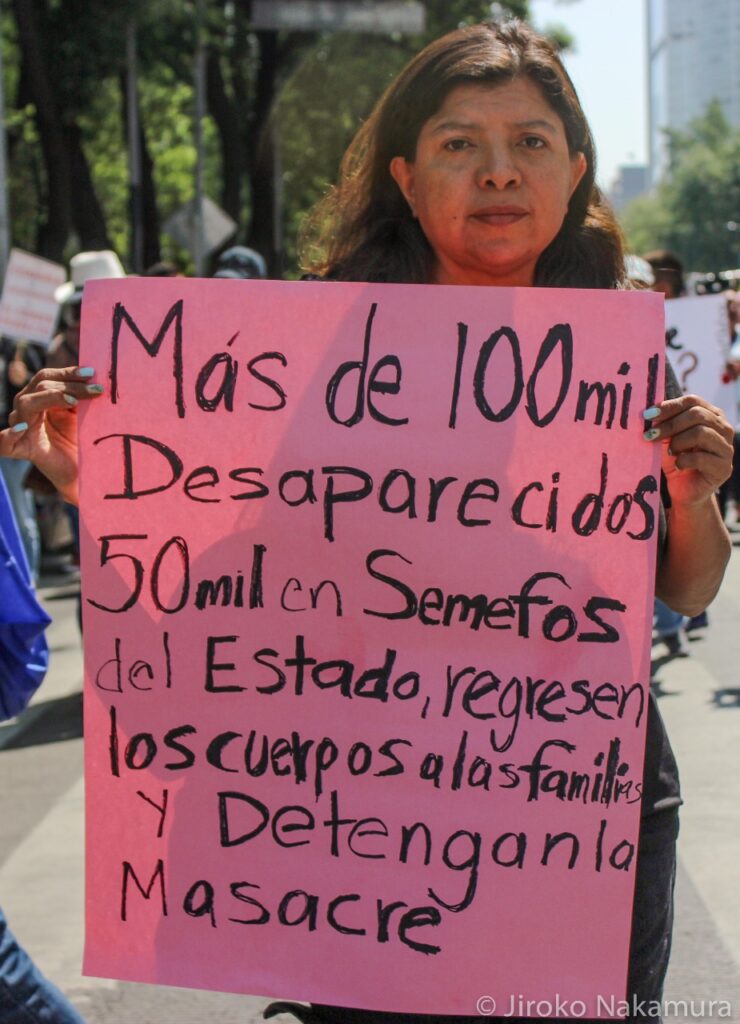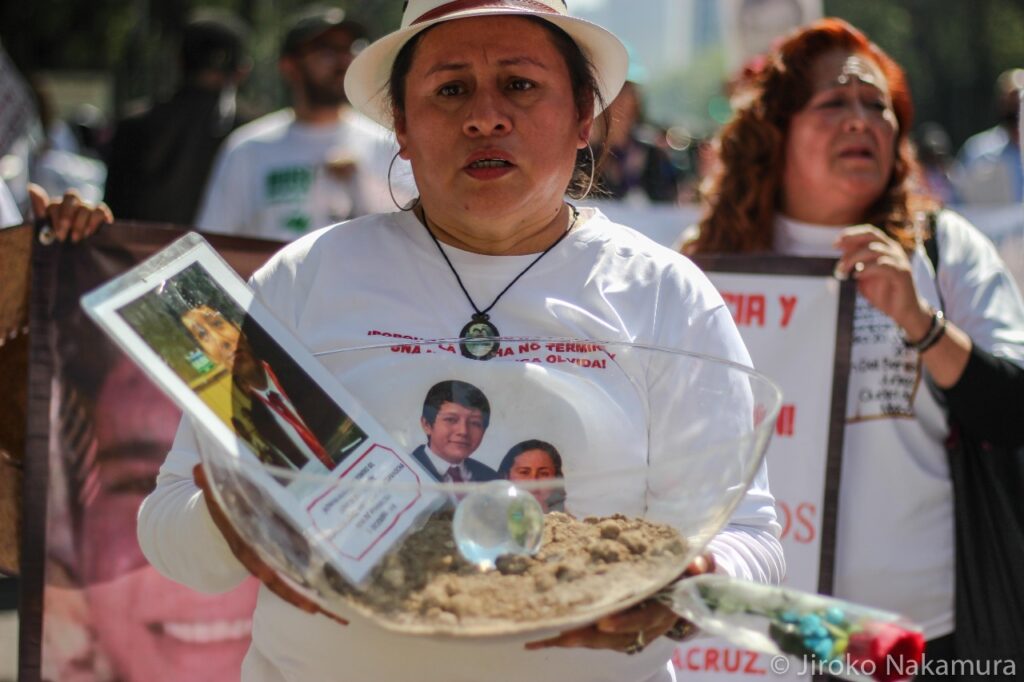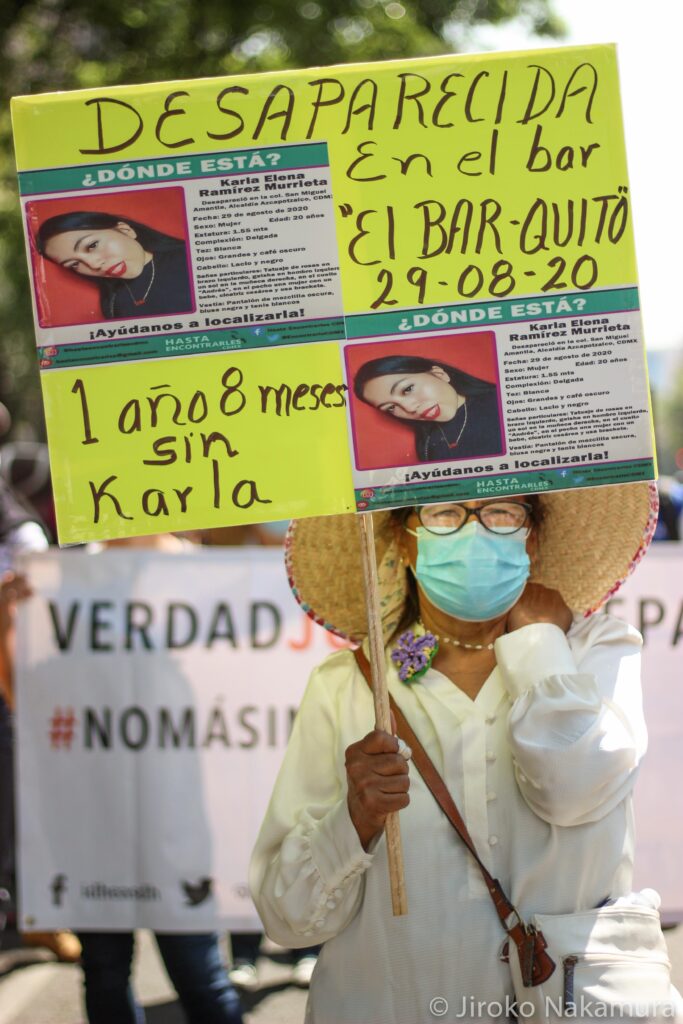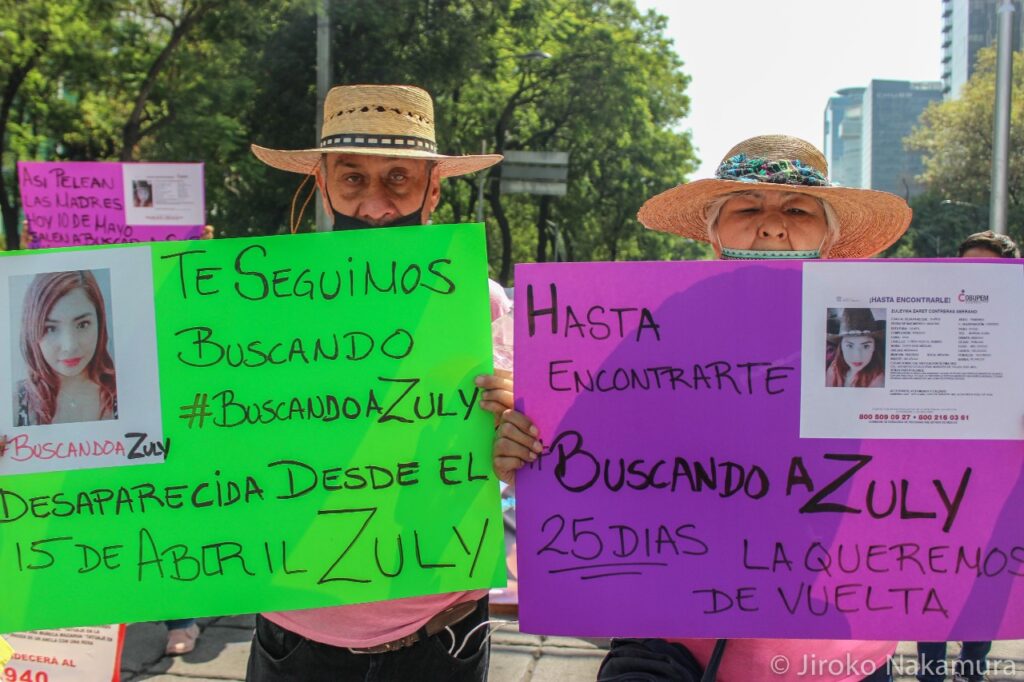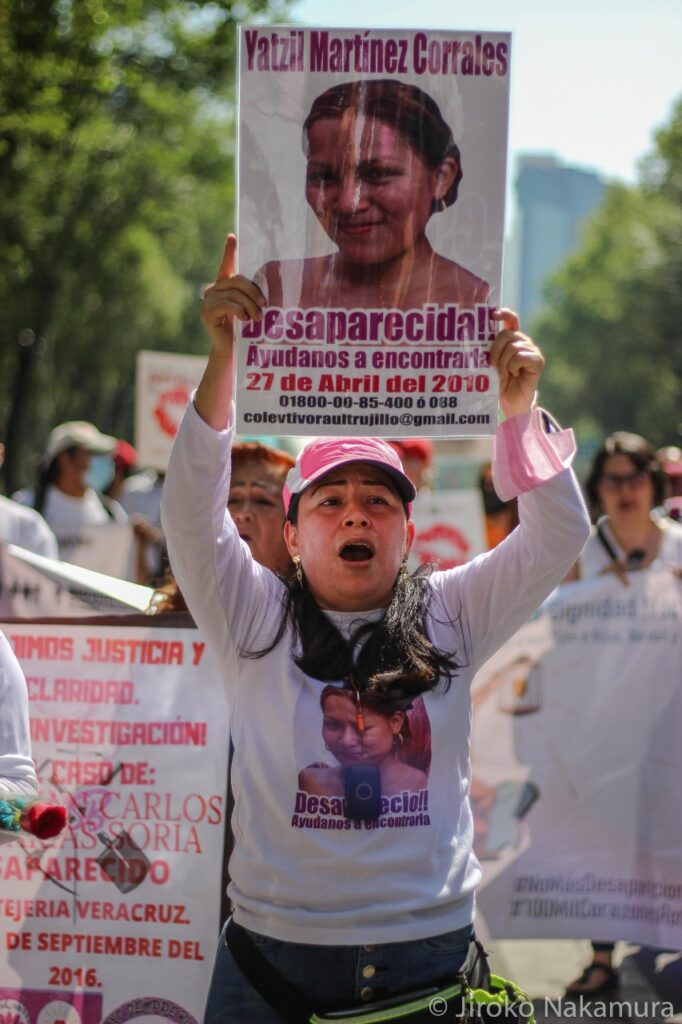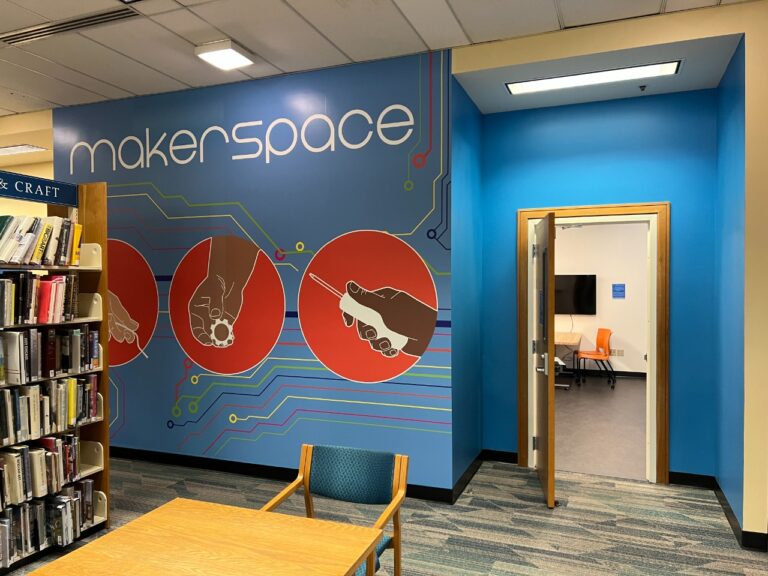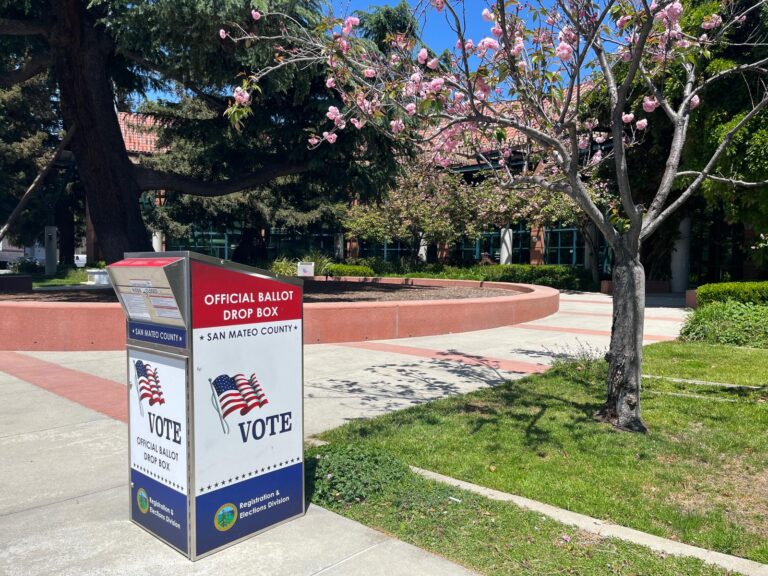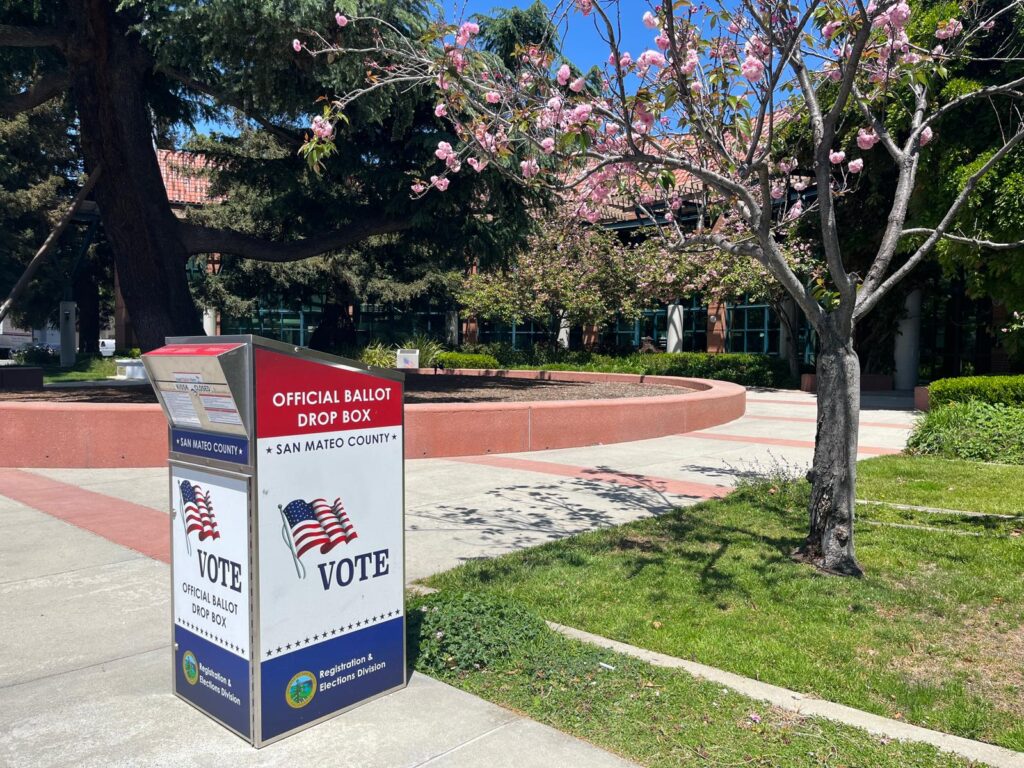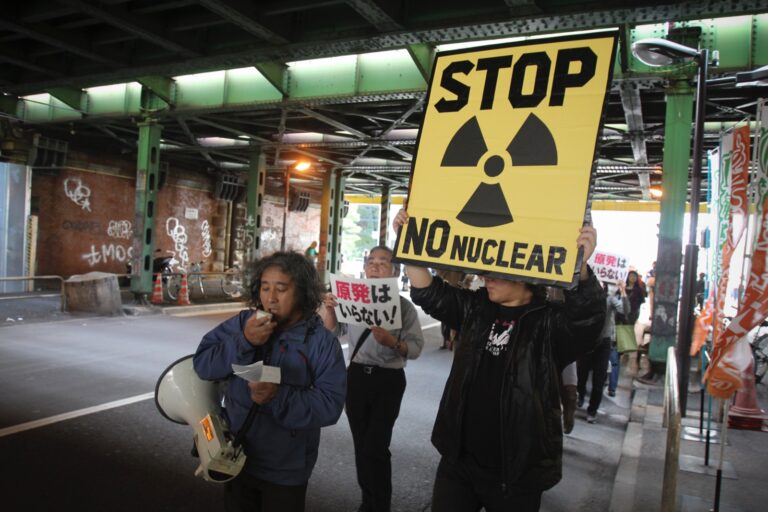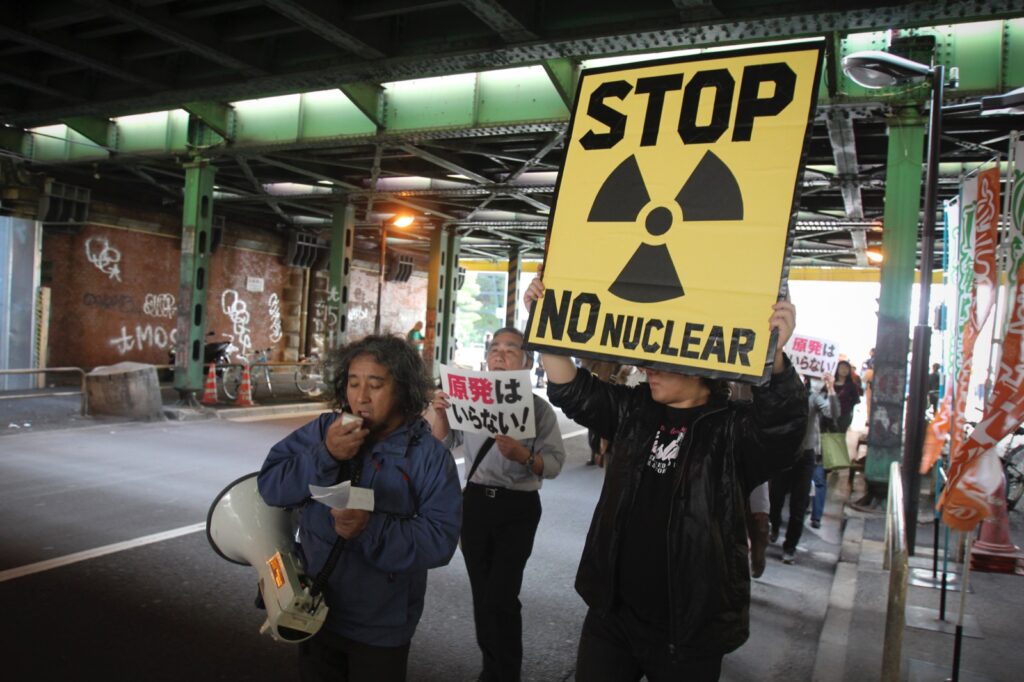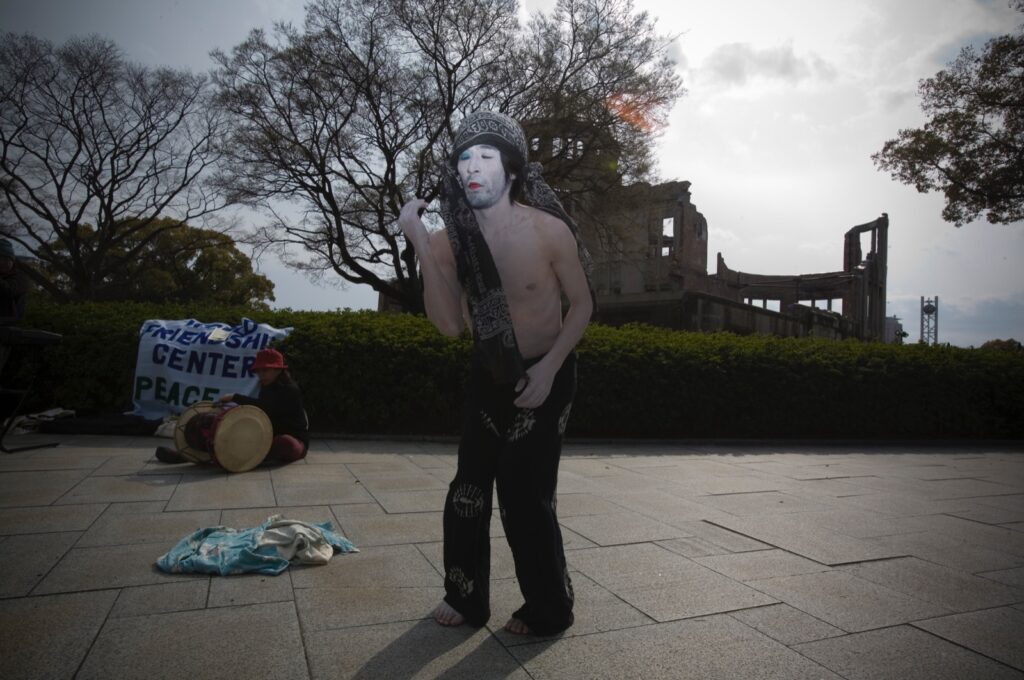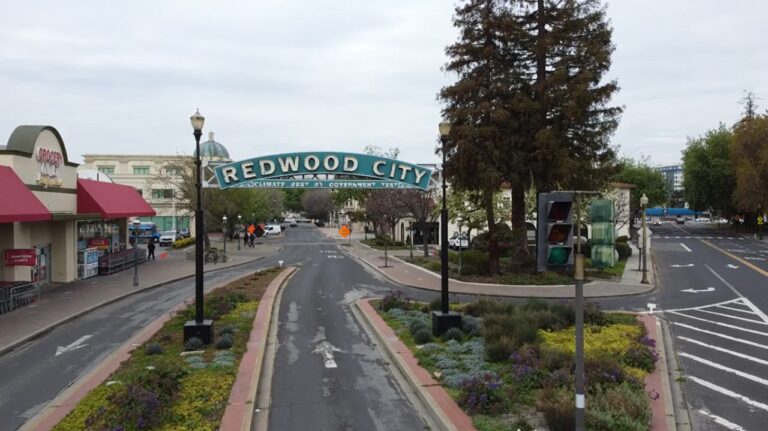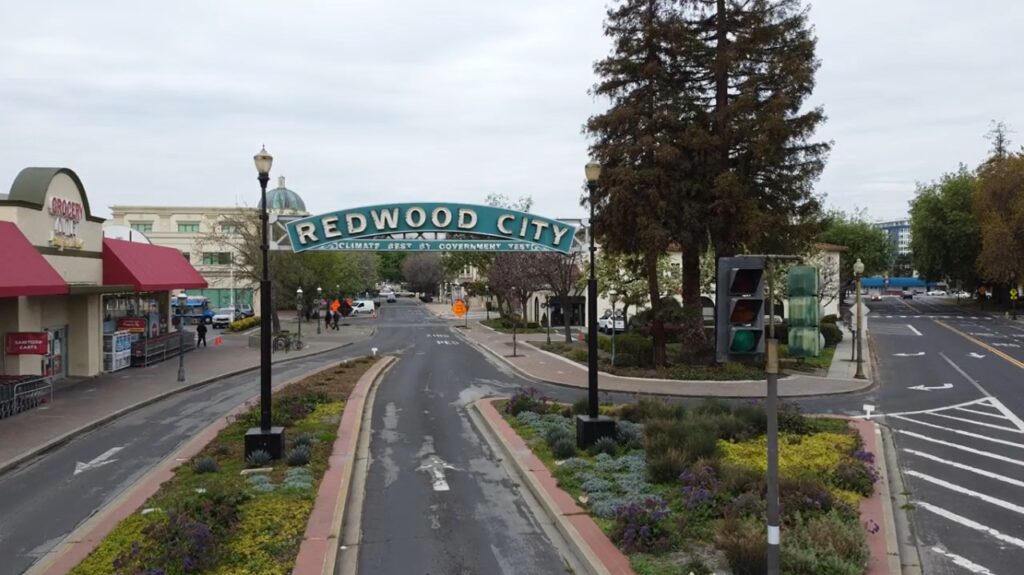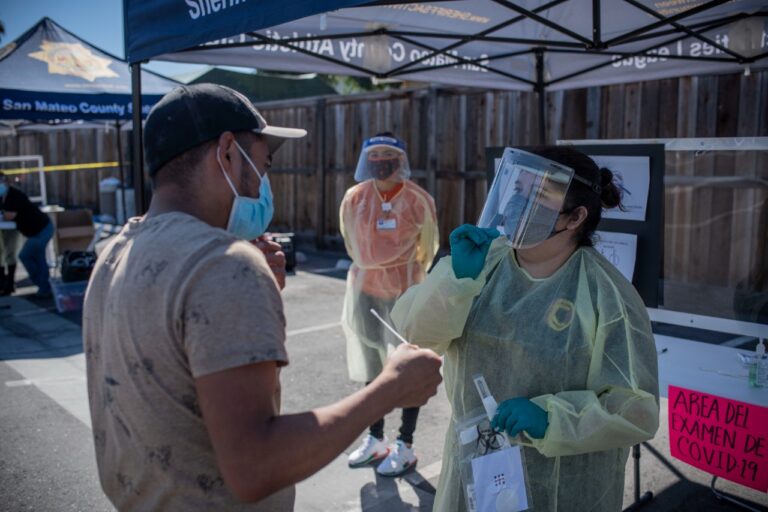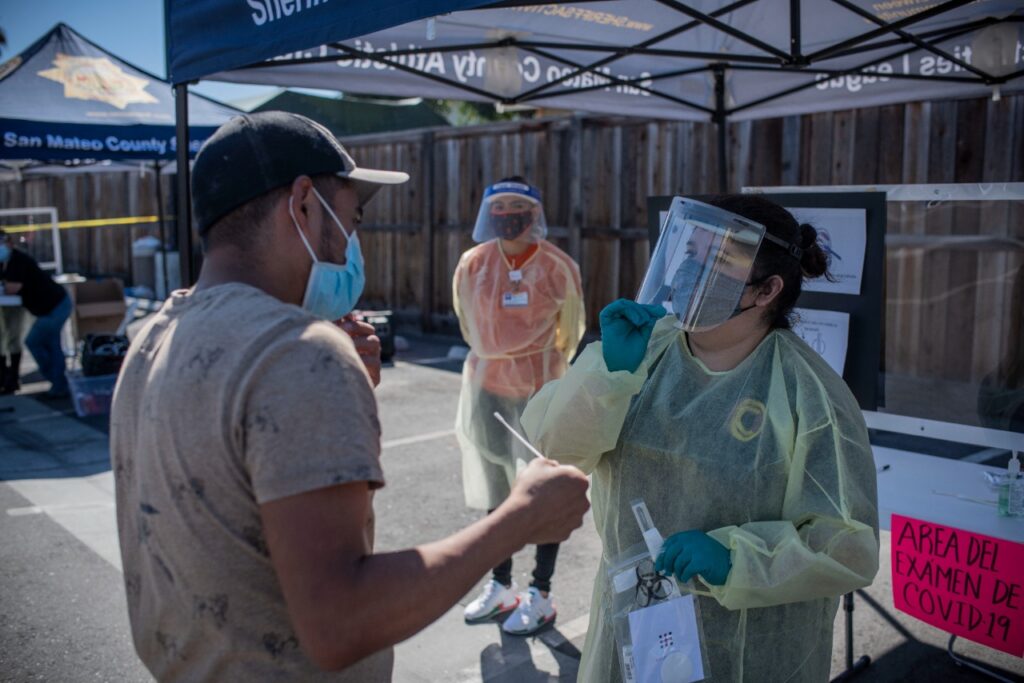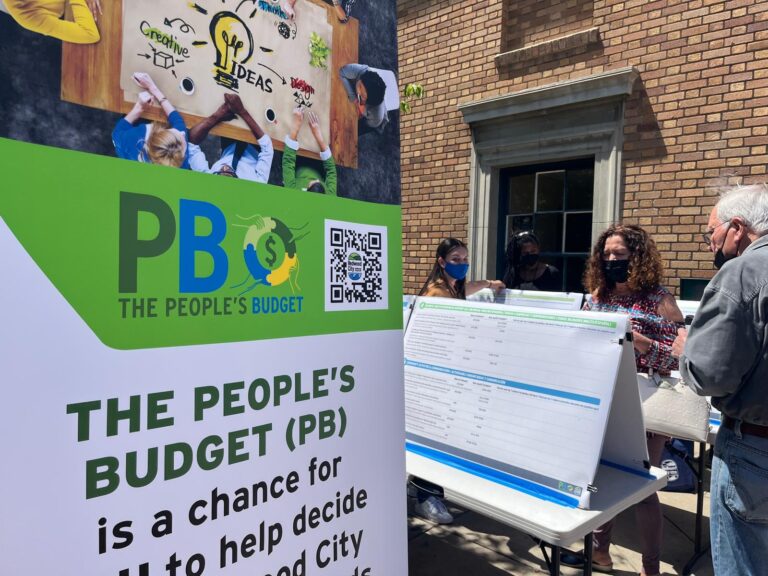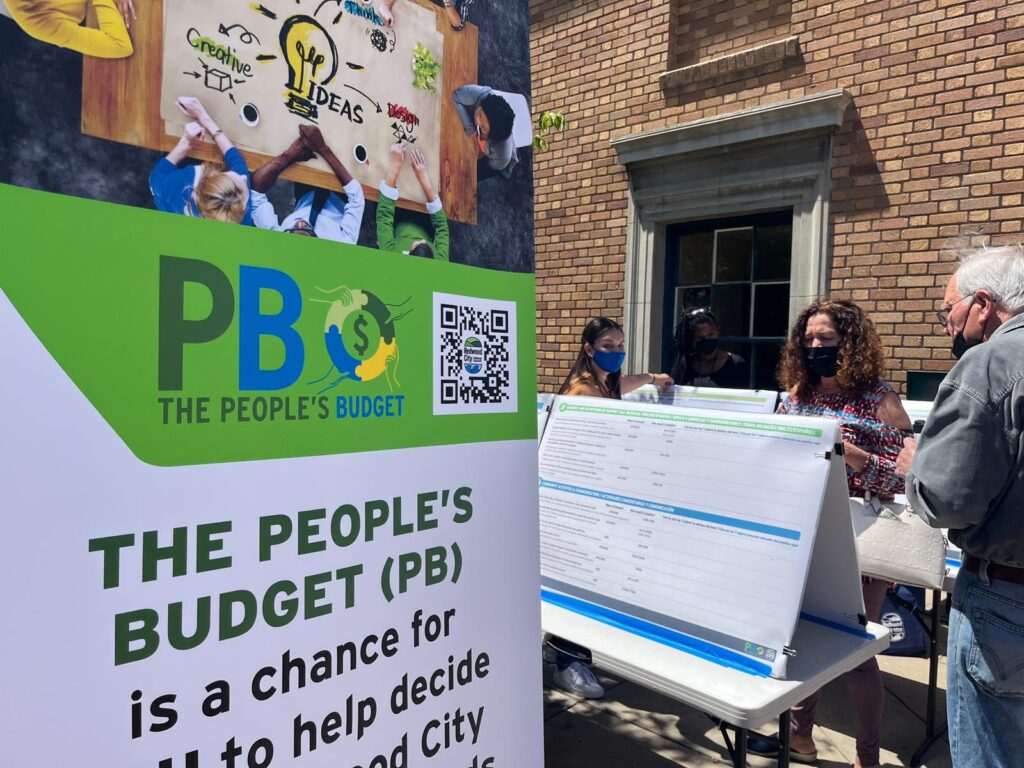
Este jueves, 12 de mayo, EE.UU. llegó a una trágica marca, pues ha cruzado el millón de muertes por COVID-19, enfermedad generada por el virus SARS-CoV-2 que alrededor del mundo ha causado la pérdida de 6.25 millones de vidas.
«Hoy marcamos un trágico hito: un millón de vidas estadounidenses perdidas por el COVID-19. Un millón de sillas vacías alrededor de la mesa. Cada una de ellas es una pérdida irremplazable. Cada una de ellas deja atrás una familia, una comunidad y una nación que han cambiado para siempre a causa de esta pandemia», señaló el presidente Joseph Biden en una declaración emitida por La Casa Blanca.
El mandatario dijo que «no debemos adormecernos ante este dolor», pues para sanar, es necesario recordar.
En ese sentido, subrayó que es necesario permanecer atentos a la pandemia por COVID-19 y hacer todo lo que se pueda para salvar tantas vidas como sea posible.
«En el recuerdo, saquemos fuerzas los unos de los otros como compatriotas. Porque, aunque hemos sido humillados, nunca nos rendimos. Podemos y haremos esto juntos como Estados Unidos de América», puntualizó.
Biden, precisó que en memoria del millón de vidas americanas perdidas por la COVID-19 y de sus seres queridos que quedaron atrás, ordeno que la bandera de Estados Unidos sea izada a media asta en la Casa Blanca y en todos los edificios y terrenos públicos, además de en todos los puestos militares y estaciones navales, así como en todos los buques navales del Gobierno Federal en el Distrito de Columbia y en todos sus territorios hasta la puesta del sol del 16 de mayo de 2022.
También ordeno que la bandera ondee a media asta durante el mismo período en todas las embajadas, delegaciones, oficinas consulares y otras instalaciones estadounidenses en el extranjero, incluidas todas las instalaciones militares, buques y estaciones navales.
Estados Unidos es el país con mayor número de muertes registradas en el mundo, seguido por Brasil, India, Rusia y México.
Si bien la unión americana fue uno de los primeros en comenzar la administración de vacunas contra el virus, la tasa de inmunización es, a este momento, de poco más de 65 por ciento de su población, por lo que el país ha redoblado esfuerzos para llegar a las comunidades más vulnerables y avanzar en sus cifras.
También este jueves y bajo el liderazgo de Estados Unidos, Belice, Alemania, Indonesia y Senegal, líderes mundiales de todas las economías del mundo, de la sociedad civil y del sector privado se reunieron en la 2ª Cumbre Global COVID-19.
Los participantes en la cumbre asumieron compromisos políticos y financieros para poner las vacunas a disposición de las personas de mayor riesgo, ampliar el acceso a las pruebas y los tratamientos, y prevenir futuras crisis sanitarias.
La Cumbre, dijo el gobierno estadounidense, se centró en evitar la autocomplacencia, reconociendo que la pandemia no ha terminado; en proteger a los más vulnerables, incluidos los ancianos, las personas inmunodeprimidas y los trabajadores sanitarios de primera línea; y en prevenir futuras crisis sanitarias, reconociendo que ahora es el momento de asegurar el compromiso político y financiero para la preparación ante la pandemia.
Desde el punto de vista financiero, los líderes se comprometieron a proporcionar casi 2 mil millones de dólares en nuevos fondos, además de las promesas realizadas anteriormente este año.
Los fondos, buscaran acelerar el acceso a las vacunas, las pruebas y los tratamientos, y contribuirán a un nuevo fondo de preparación para la pandemia y de seguridad sanitaria mundial con sede en el Banco Mundial.
You may be interested in: San Mateo County sees increase in COVID-19 cases and hospitalizations


